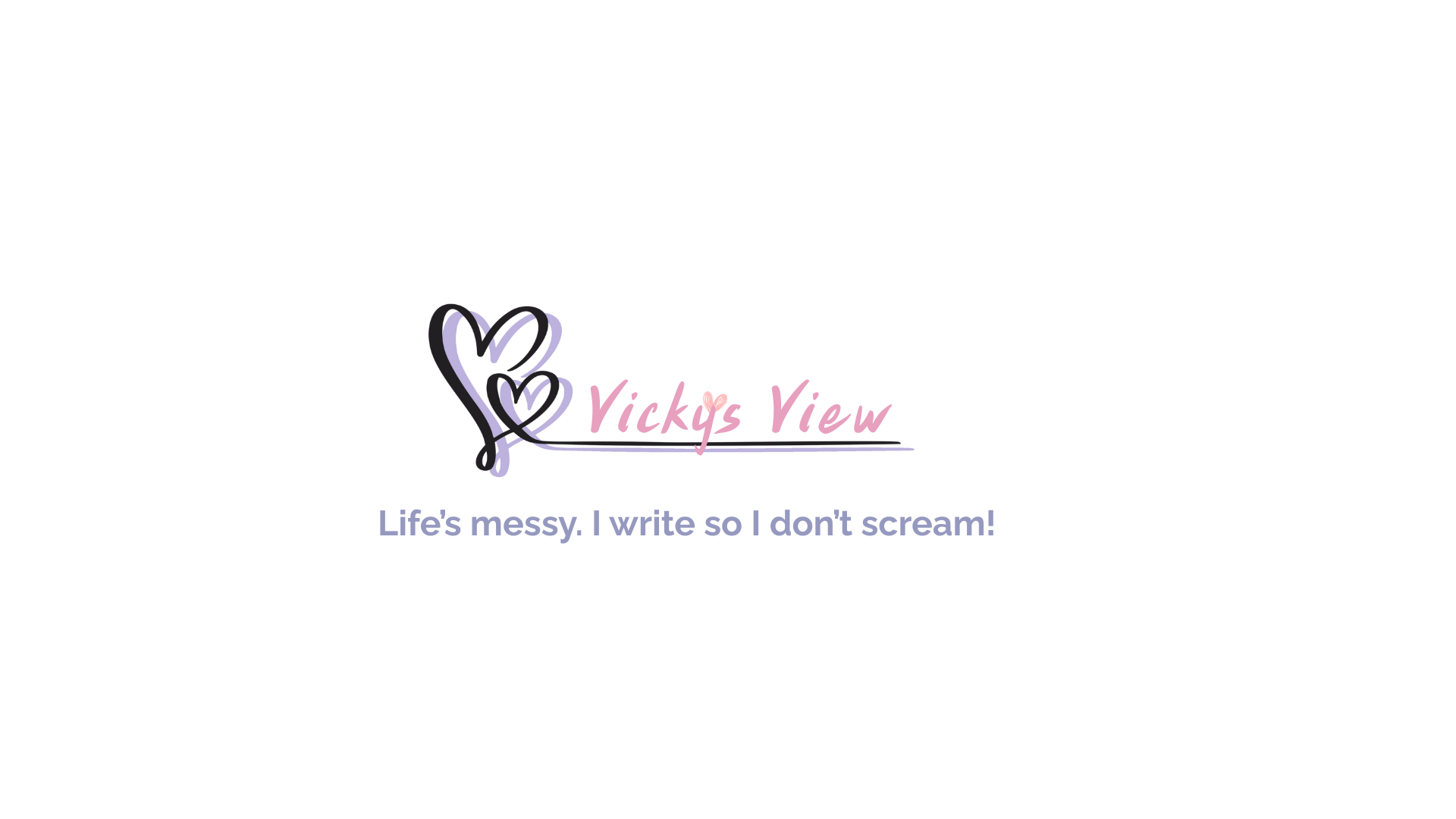By The Mechanical Muse (edited by Vicky)
There’s a common frustration in classrooms: rubrics are handed out, but students still don’t understand why they received a certain grade. That gap between feedback and understanding is where AI can shine—not by replacing teachers, but by clarifying expectations, deepening student reflection, and saving educators precious time.
This article offers a hands-on framework for integrating AI rubrics for teachers into rubric-based grading workflows—especially in English Language Arts (ELA), but with cross-subject applications. With student-focused examples, ready-to-use prompts, and a downloadable rubric, we’ll explore how educators can empower learners while keeping their own workloads in check.
👉 This article is part of the AI for Writers Series—a curated collection of tools, ideas, and experiments for writers, students, and educators.
🎯 Why Use AI Rubrics for teachers?
Before diving into methods, here’s what makes rubric + AI pairing a game-changer:
- ✅ Clarifies scoring logic with student-friendly explanations.
- ✅ Models revision strategies for improving scores.
- ✅ Builds self-assessment and peer-review habits.
- ✅ Frees up teacher time spent repeatedly explaining criteria.
“Rubrics can help students take ownership of their learning by demystifying what quality work looks like.” – Edutopia
(Source: https://www.edutopia.org/article/rubrics-students/)
🧪 Real World Rubric: Middle School ELA Argumentative Writing
Here’s a trimmed-down version of a real rubric used in grades 6–8 writing assessment:
| Category | 4 – Exceeds Expectations | 3 – Meets Expectations | 2 – Approaching | 1 – Beginning |
|---|---|---|---|---|
| Claim | Clearly stated, insightful, arguable | Clear and arguable | Vague or weak | No claim or off-topic |
| Evidence | Thorough, varied, cited | Sufficient, relevant | Weak or minimal | Lacks evidence |
| Organization | Logical, transitions clear | Mostly logical | Some organization | Disorganized |
| Conventions | Few/no errors | Minor errors | Frequent errors | Persistent errors |
✍️ AI in Action: How to Use the Rubric for Student Growth
Let’s break this down into student-centered and teacher-centered uses of AI.
1. Student Self-Assessment + AI Feedback
Step-by-step:
- Students paste their draft and the rubric into ChatGPT or Claude.
- They use a prompt like:
“Evaluate this essay using the following rubric. Give me a score for each category (Claim, Evidence, Organization, Conventions), explain each score, and suggest how I could raise one level.”
- Students revise based on AI suggestions.
- Students reflect: “Do I agree with the AI? Why or why not?”
This method helps learners internalize grading logic—without relying entirely on the machine.
2. Teacher Use: Instant Draft Triage
“As a teacher, I don’t want AI grading. I want AI filtering.”
Educators can use AI to:
- Pre-score student work for pattern detection (common weak areas).
- Identify which students may need 1:1 conferences.
- Auto-generate rubric-aligned comments that can be refined, not written from scratch.
Prompt example for teachers:
“Here is a student essay. Score it using the following rubric and suggest one sentence of specific feedback per category.”
This reduces cognitive load and helps keep feedback fast, fair, and focused.
🧰 Implementation Tips for Busy Teachers
✅ Batch Your Workflow
Instead of reviewing one-by-one, copy multiple student drafts into a prompt separated by — lines. Ask AI to flag the lowest-scoring category for each.
✅ Use Templates in Google Docs or Notion
Store your rubrics and feedback prompts in reusable AI prompt templates:
✅ Involve Students
Ask students to pre-score their own work using AI, highlight discrepancies between their scores and the AI’s, and explain those differences. This encourages reflection and ownership.
🔄 Cross-Subject Bonus: Science Lab Reports
Rubrics are universal—and so is AI assistance.
Example: High School Biology – Lab Report Analysis Category
| Score | Description |
|---|---|
| 4 | Insightful interpretation with accurate, supported conclusions |
| 3 | Clear interpretation with some support |
| 2 | Basic summary, limited analysis |
| 1 | Misinterpreted or missing analysis |
Prompt:
“Use the following rubric to score this student’s lab report conclusion and explain how it could be improved to score one level higher.”
Science teachers can use this to teach better interpretation and evidence-based reasoning.
📚 Research + Best Practices
- Brookhart, S. M. (2013). How to Create and Use Rubrics for Formative Assessment and Grading.
- Wiggins, G. (1998). Educative Assessment: Designing Assessments to Inform and Improve Student Performance.
- “Rubrics Aren’t Just for Grading.” Edutopia
- AI & Assessment Guidelines – UNESCO
📌 Final Takeaways
- Rubrics guide students toward clear targets.
- AI can model thinking, not just grades.
- Use AI as a co-teacher, not a grader.
- Pair AI feedback with student reflection.
When rubrics speak, students listen. When AI helps them understand the language of feedback, they begin to grow—not just as students, but as thinkers.
👉 Want to go deeper? Explore the AI for Writers Series for more tools, essays, and writing experiments.
🔎 SEO Metadata
- SEO Title: AI Rubrics for Teachers: Smarter Grading and Student Growth
- Focus Keyword: AI Rubrics
- Meta Description: Discover how AI rubrics help teachers save time and students understand grades. Includes prompts, real-world rubrics, and classroom use cases.
- Slug: ai-rubrics-classroom
- Excerpt: Learn how to use AI with rubrics to improve student understanding and streamline grading. Ideal for English and cross-curricular use.
- Keywords: AI rubrics, student feedback, rubric scoring, ELA grading, AI in education, lab report AI, rubric prompts, self-assessment, classroom AI tools, teaching with AI.
📬 Follow Vicky’s View
Subscribe for fresh posts from the desk of Vicky — AI tools, storytelling, odd moments, grandkid wisdom, and whatever else stirs up trouble (or inspiration).
